Create Forms
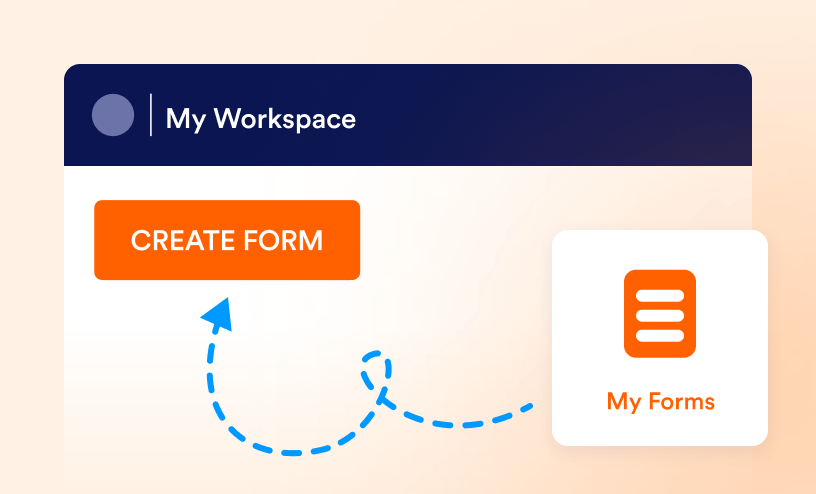
Guides
What Is a Form Builder?
Jotform is an online Form Builder that allows users to easily create, customize, and share forms for various purposes without needing coding skills. You can simply drag and drop questions and form fields to where you require them. You can also...
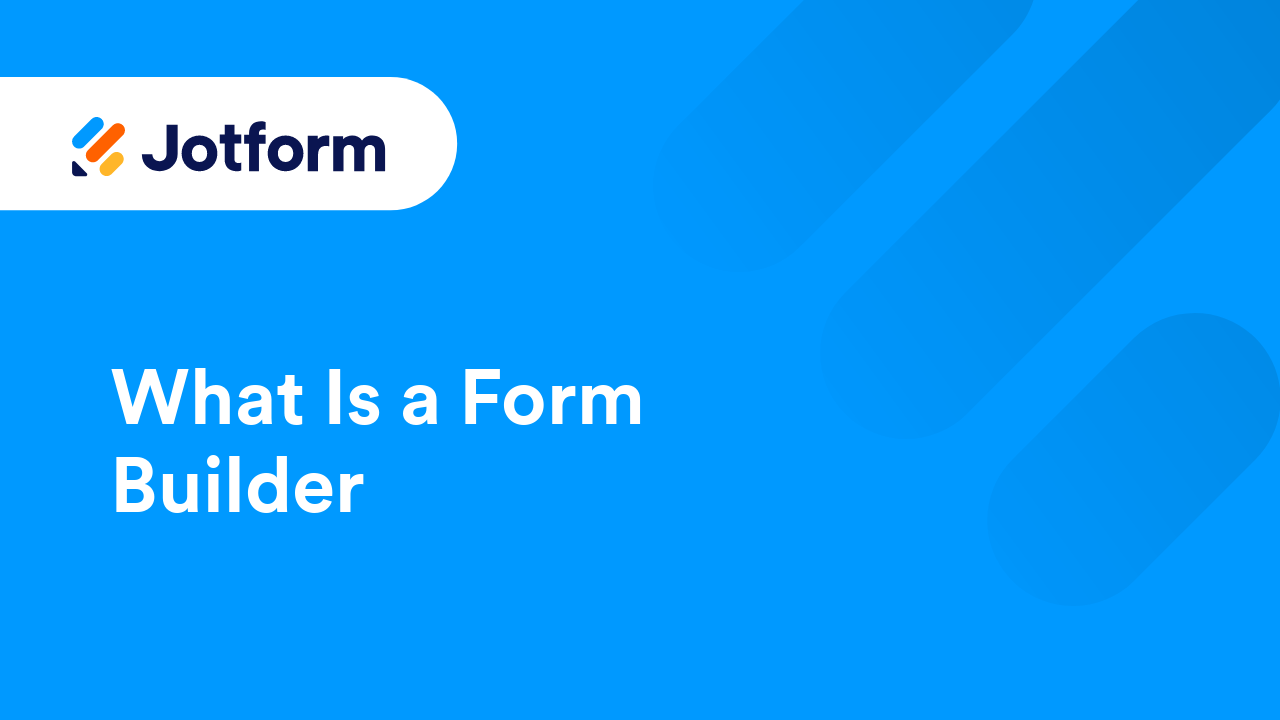
How to Position Form Elements in Jotform
The ability to position elements is one of the best features of a form builder. It allows you to quickly add and move fields anywhere in the form. There are a few different ways to position elements on your form. Check out the list below:...

How to Create File Upload Forms
Jotform’s File Upload feature lets you collect files such as documents, images, or other media directly through your forms. It’s perfect for job applications that need resumes, event registrations requiring signed waivers, or customer support...
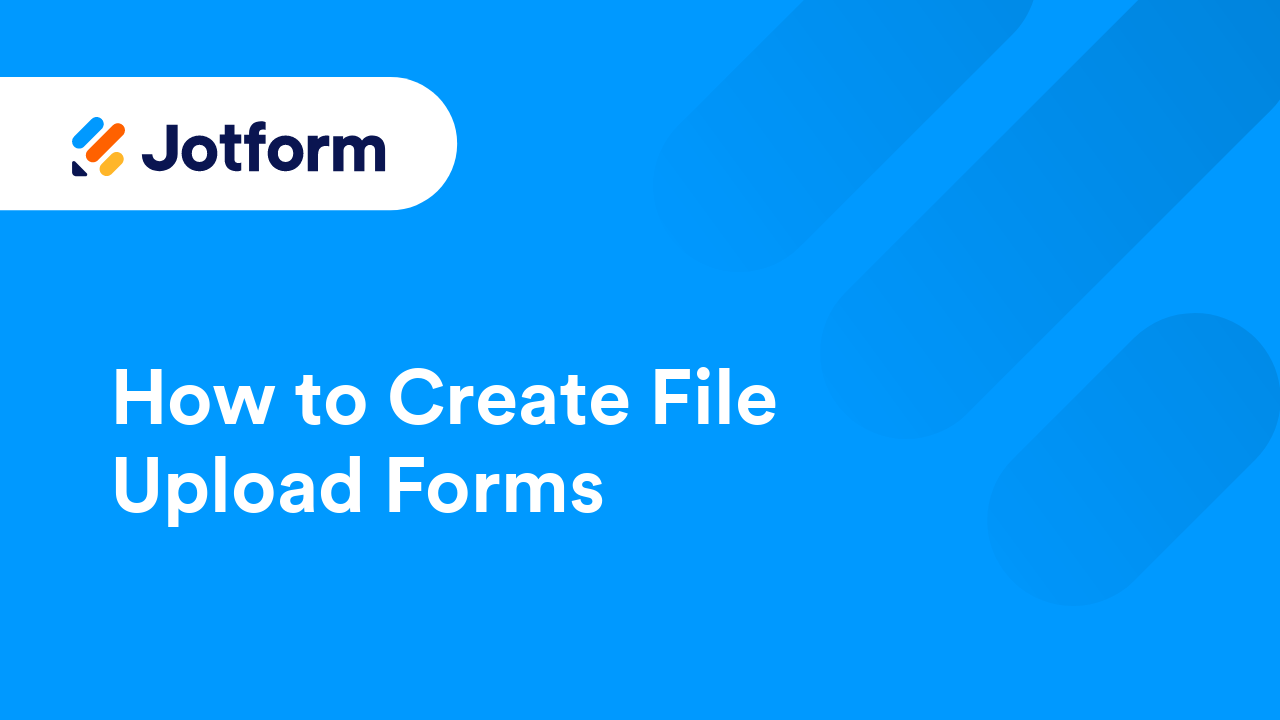
How to Create a Pop-up Form with Jotform
Creating a pop-up form on your website is a great way to engage visitors and capture leads. With Jotform, setting up a pop-up form is quick and easy—no coding required! Whether you're collecting contact information, feedback, or event...

How to Create a Contact Form For Your Website
Contact forms are one of the most commonly used form types. They provide a quick and easy way for users to reach out for help, share feedback, report issues, or submit ideas. Manually creating contact forms can be time-consuming, difficult, and...
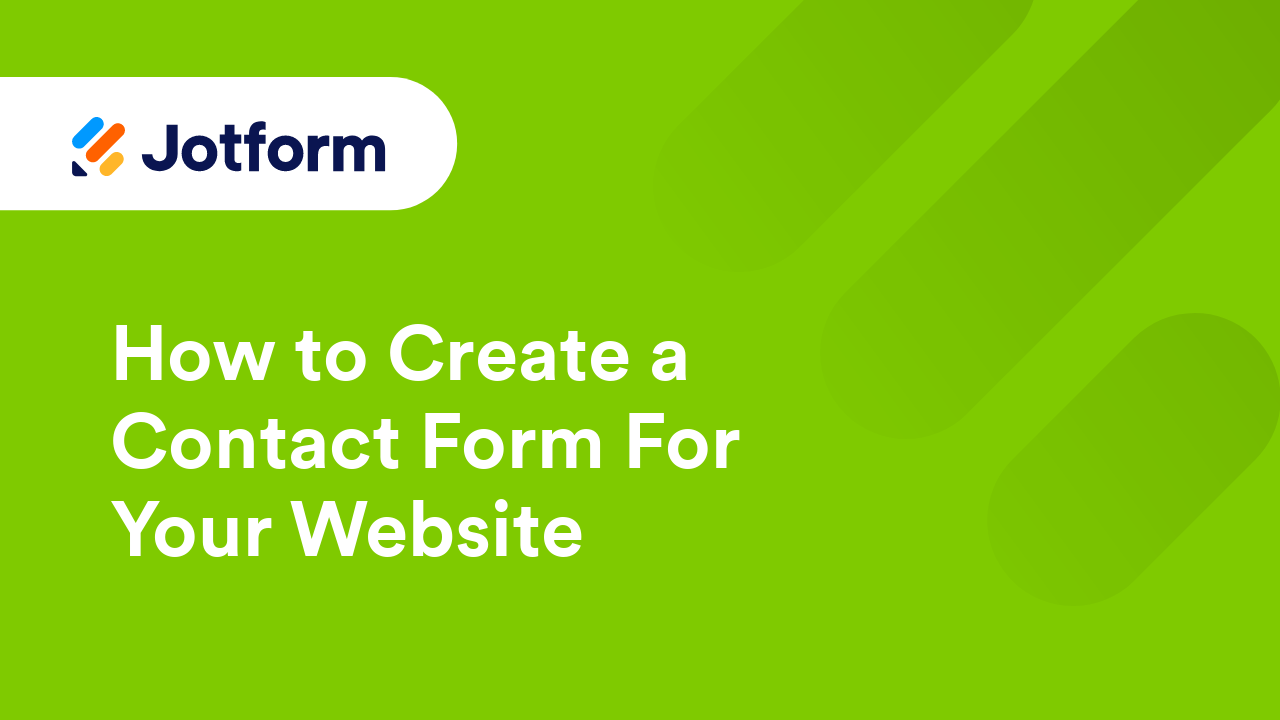
Setting Up Form Columns
Multi-column forms are ideal for longer forms that might be overwhelming in a single-column layout. By breaking up the form into multiple columns, users can easily navigate and complete it with ease. Aside from custom CSS, the Form Builder has...

Side by Side Form Field Positioning
Positioning your fields correctly is essential when you're designing your forms to match your website structure. There are times you want to keep two or more fields on the same line. Other times, fields will need their own lines. Luckily, Jotform...
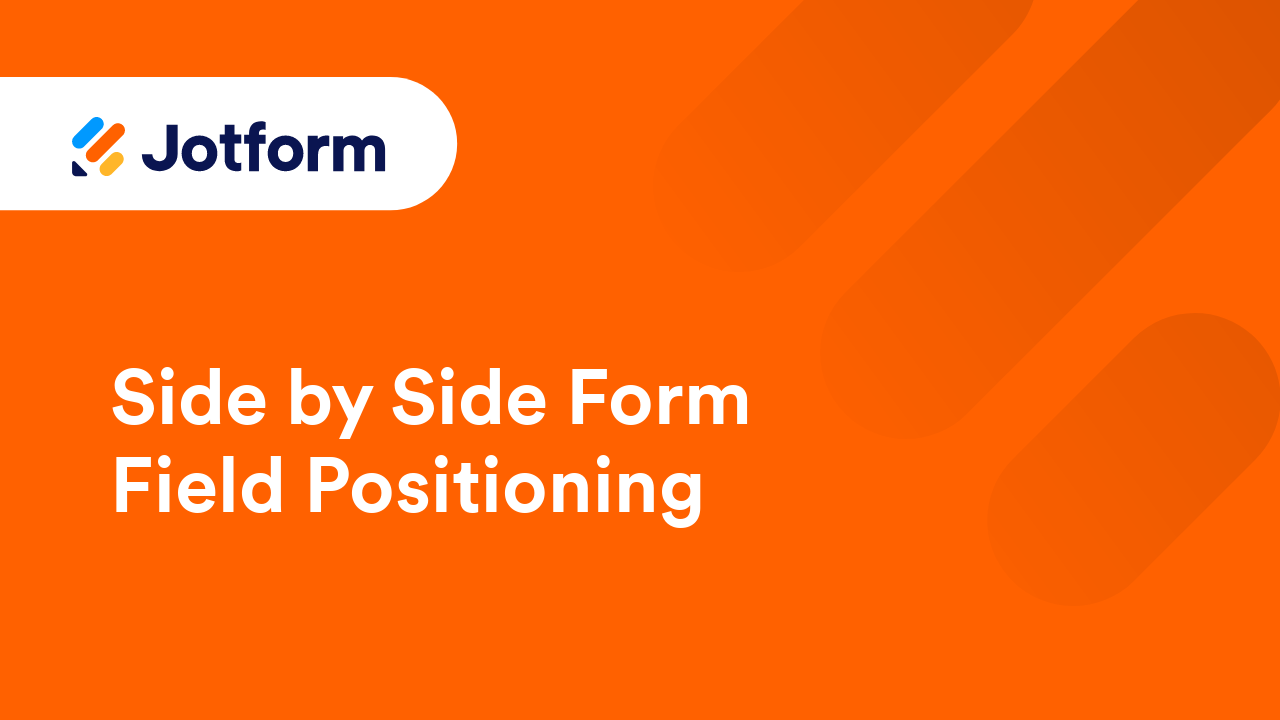
How to Manage Multiple Fields
The Form Builder makes it easy to manage and organize your form fields. You can select multiple fields at once, rearrange them, or apply settings like duplicating, hiding, or deleting fields. With tools like multi-select and a custom...

How to Hide Form Elements
Hide Form Fields lets you control what users see and interact with on your forms. It’s a way to include fields that operate invisibly without being shown to the form user. These fields might have default values, be filled conditionally, or be...

How to Set a Required Field
When you add new fields to your form in Jotform, they are set to optional by default. This means that users can submit the form without having to fill out these fields. However, there are situations where you may want to make certain fields...

How to Limit the Number of Selections in a Checkbox Field
With Jotform, you can easily control how many checkboxes someone must select in a Multiple Choice field. For example, if you list eight options, you can require users to pick at least three and no more than five. Want them to choose an exact...
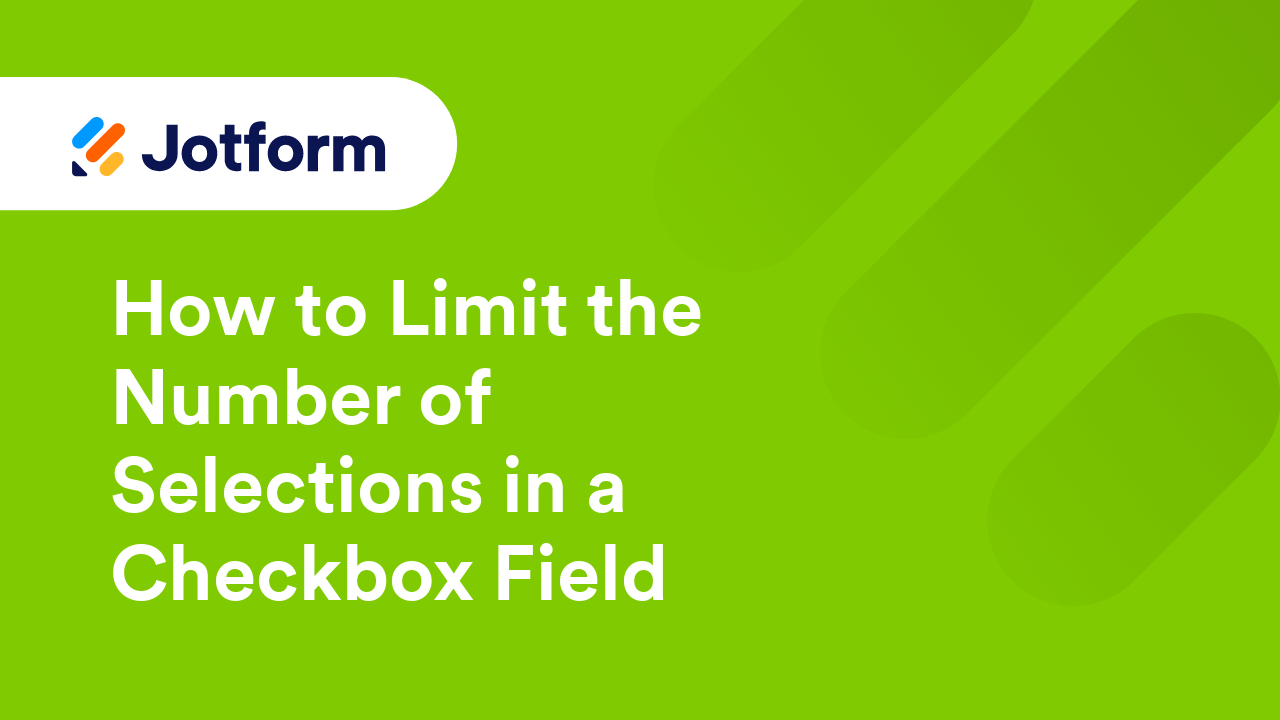
How to Add a Confirmation Box to Email Fields
Jotform’s Email Validation feature helps catch mistakes that might stop you from reaching your users. The Email field lets people enter their email address so you can follow up, send confirmation messages with Autoresponder Emails, or share...
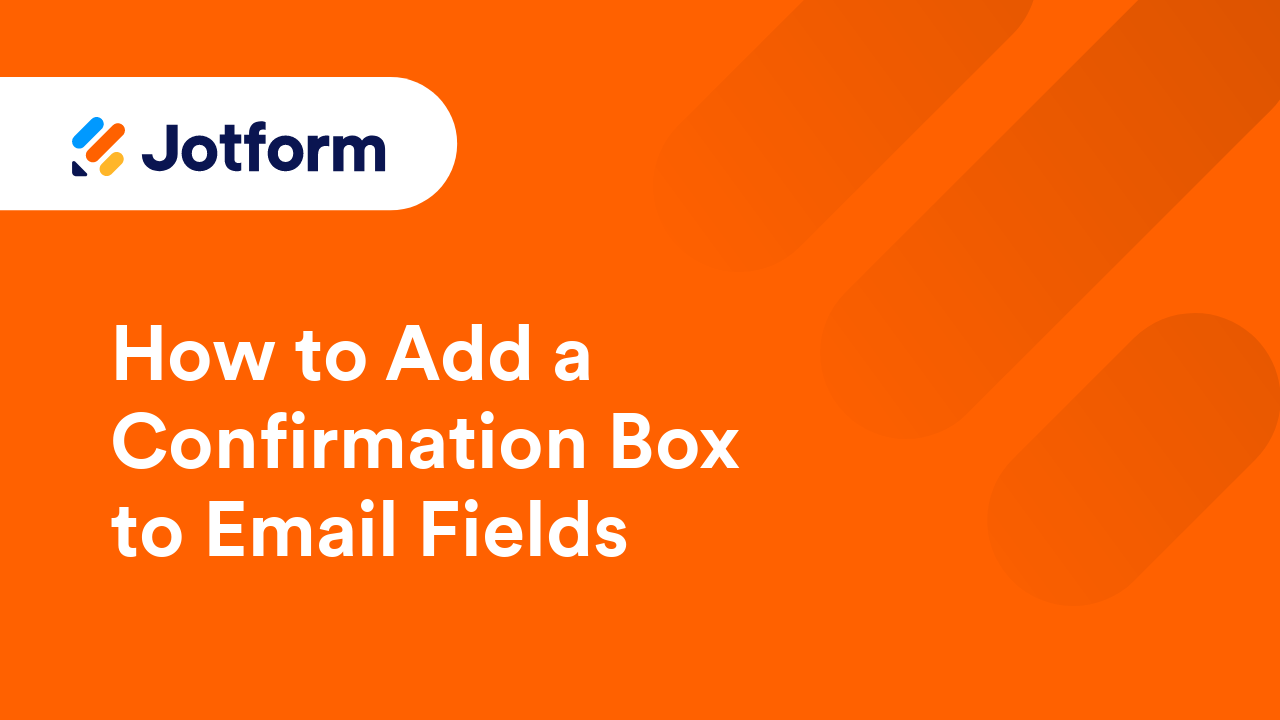
How to Add a CAPTCHA to Your Form
A CAPTCHA is a simple challenge that helps keep your forms safe from spammers and spambots. Since bots are designed to flood websites with unwanted entries, adding a CAPTCHA makes sure that only real people can submit your form. Adding...
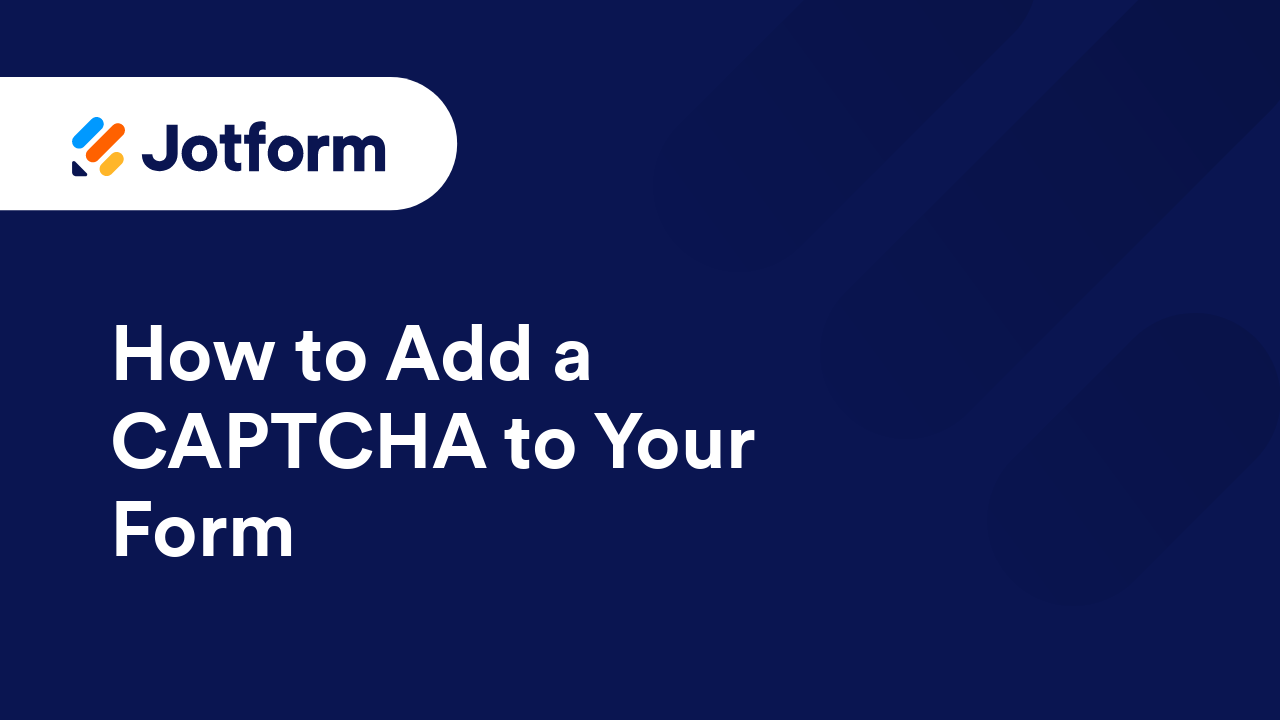
How to Change the Allowed File Types in File Upload Fields
The File Upload element lets you collect all sorts of files, like documents, images, and other media, directly through your forms. It’s perfect for job applications with resumes, event registrations needing signed waivers, or customer support...

How to Change the File Size Limit in File Upload Fields
The File Upload element lets you collect documents, images, and other media directly through your forms. It’s perfect for job applications with resumes, event registrations needing signed waivers, or customer support forms asking for screenshots...

How to Set Entry Limits on Short and Long Text Fields
The Short and Long Text fields are two of the most commonly used fields in the Form Builder. The Short Text is helpful for basic or minimal input of texts, for example, a subject line. The Long Text, on the other hand, is for accepting lengthy...

How to Make Your Form Background Transparent
Making your form's background transparent is a simple way to make it blend seamlessly with your website's design. This can help give your form a cleaner, more integrated look without overwhelming the page’s aesthetic....

Creating a Scrollable Terms and Conditions
Most, if not all, web forms gather sensitive user data. As a website/business owner, you want people who submit your forms to accept your terms before providing their information. You should never enter into an agreement with a user unless both...
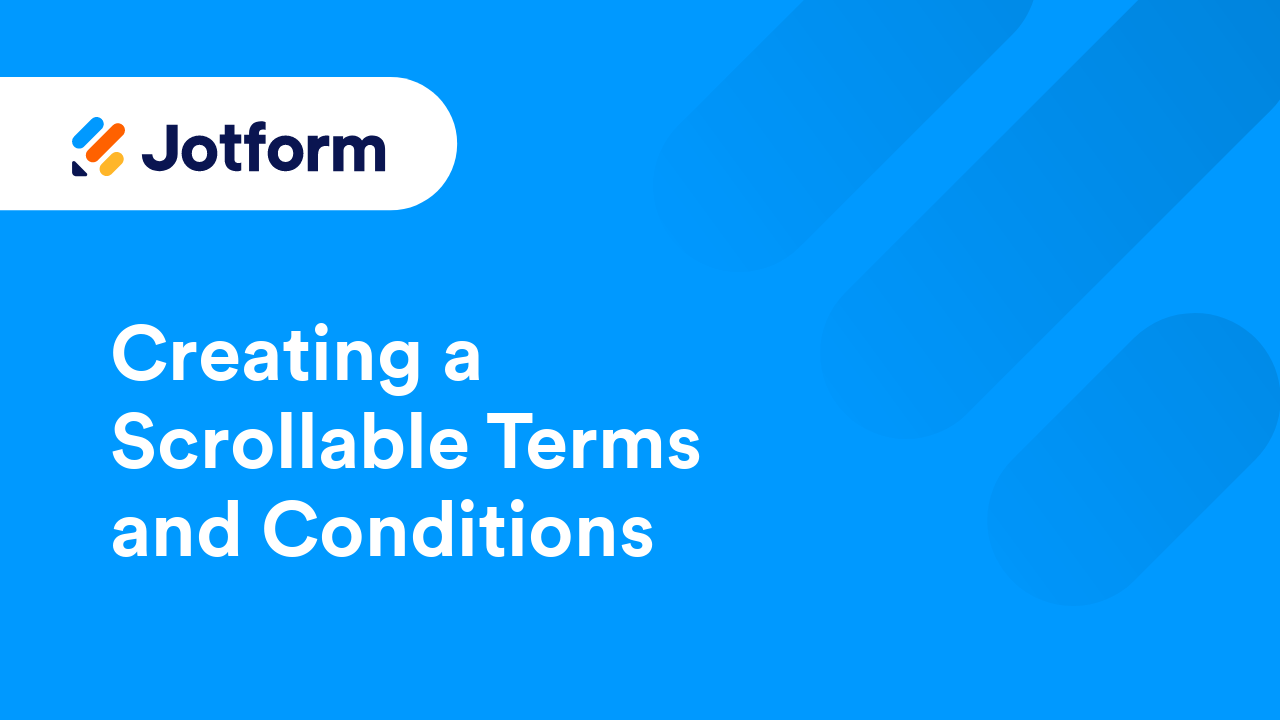
Setting up the Thank You Page
The Thank You Page is the final page your visitors see after submitting a form. Some people like to customize the page to give users a pleasing end to the experience. Others use it as a tool to redirect visitors to a specific page after completing...

Using Action Buttons on Thank You Pages
When a form is submitted, a thank you message appears. Usually, this ends the workflow. However, sometimes, you may want to let users refill the form, redirect them to another form, or carry over their data. Previously, you'd manually add a link...

How to Create a Lightbox Form
A Lightbox form is a great way to collect information from your website visitors without taking them away from the page they’re on. When someone clicks on a button or link, the form pops up on the screen, making it easy for them to fill it out...
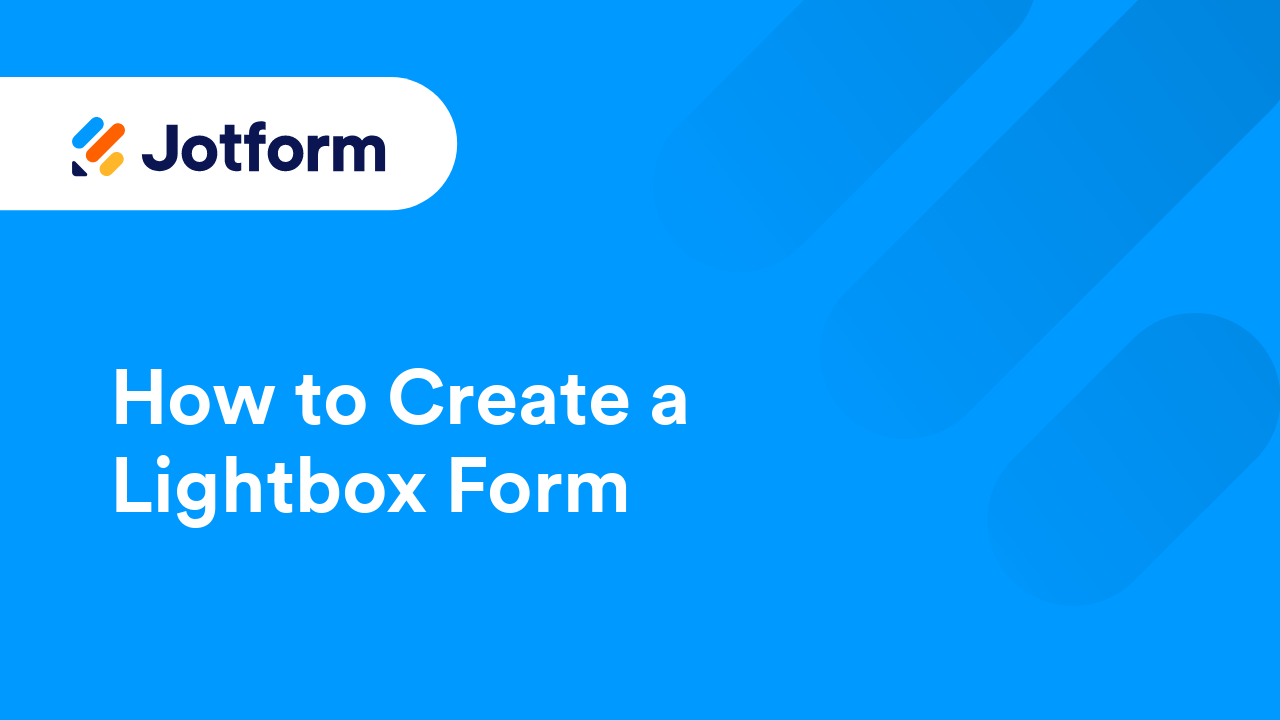
How to Clone an Existing Form From a URL
Cloning a form from a URL is useful when you want to reuse its format or design without starting from scratch. You can clone a form from your other account, your team, or other users. This saves time and helps maintain consistency in formatting,...

How to Clone an Existing Form From Your Account
You can easily clone forms in your account whenever you need a backup, a duplicate, or a starting point for a new project. Cloning is useful if you want to keep the same design, settings, and layout across multiple forms without rebuilding them...

How to Clone an Embedded Form from a Webpage
You can clone a form that’s already embedded on a web page. Jotform will generate a basic form with the same fields, along with a simple theme and style. This gives you a quick starting point, so you don’t have to build the form from scratch....
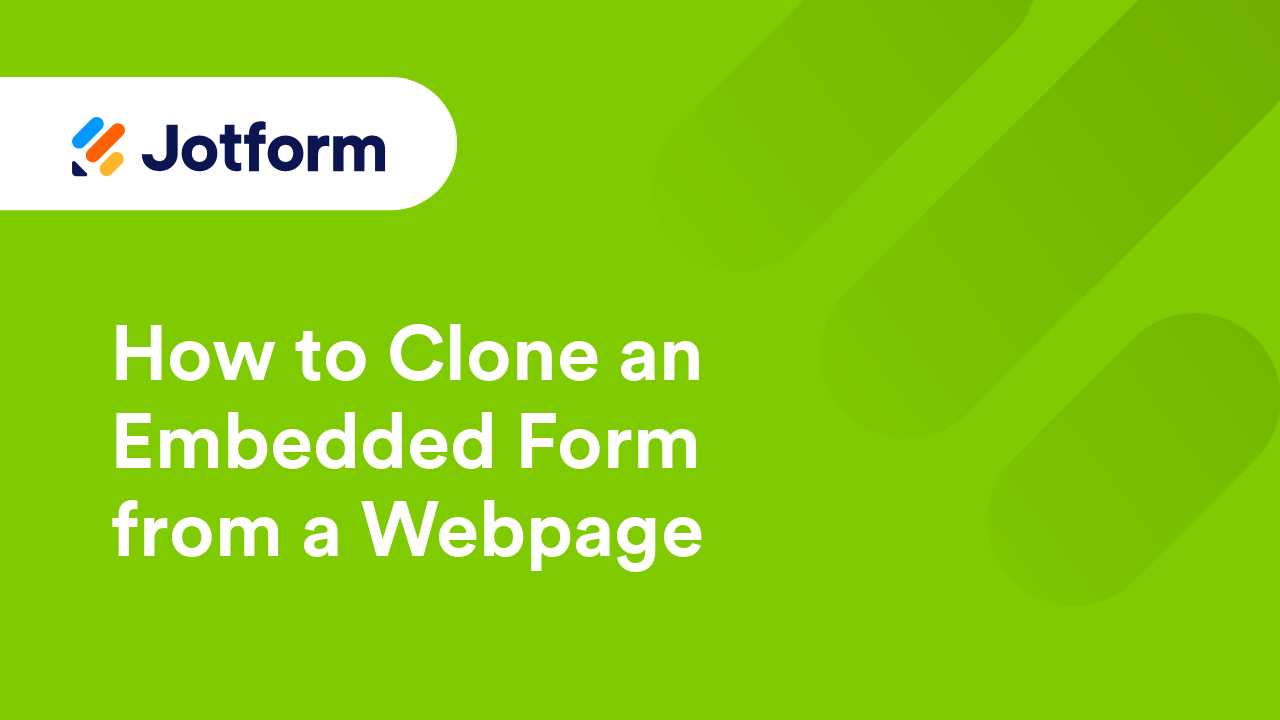
How to Import Wufoo Forms to Jotform
Importing your forms and data from Wufoo is made possible with Jotform's Wufoo import tool. The process is relatively straightforward — clicking buttons and providing your Wufoo API key as confirmation and authentication. In time, you'll have...

How to Import SurveyMonkey Forms to Jotform
SurveyMonkey has been a popular tool for creating online surveys, helping users gather valuable insights for customer feedback, market research, and more. If you're looking for a flexible alternative with competitive pricing, Jotform is an...
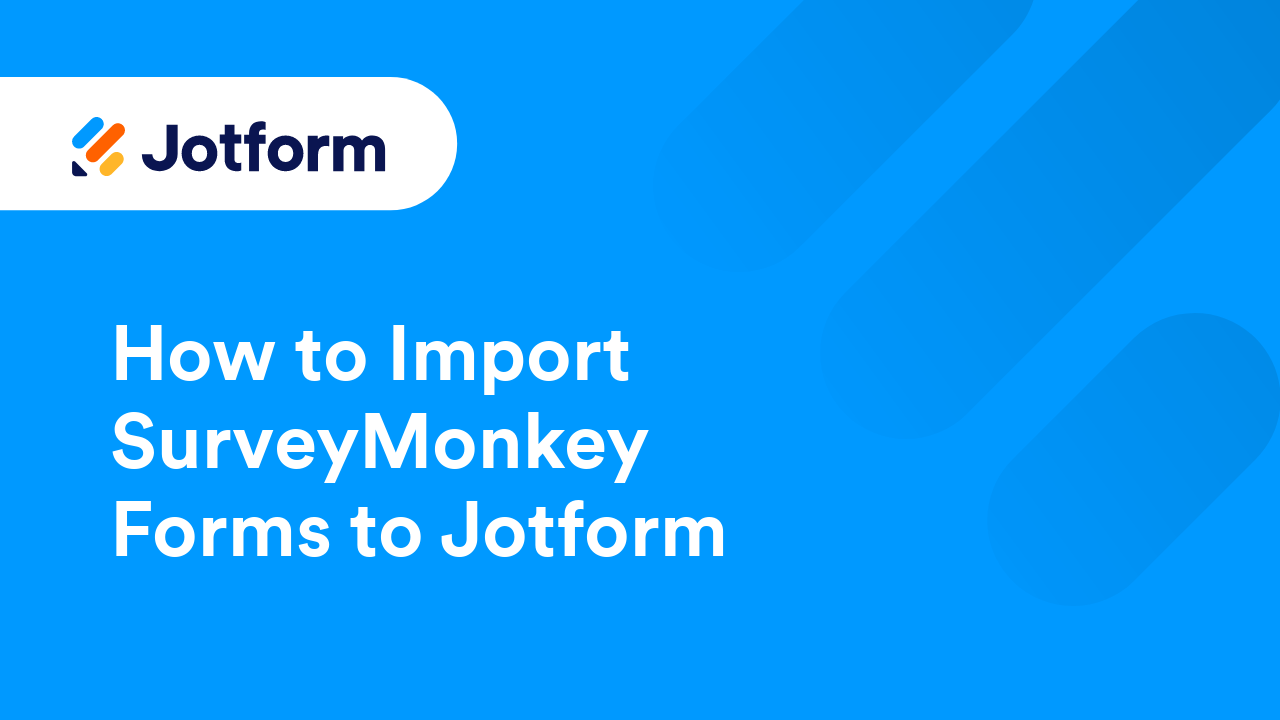
How to Import Google Forms into Your Jotform Account
Jotform has you covered if you’ve been using Google Forms but you’re ready for more flexibility and advanced features. With Jotform’s Google Forms Import Tool, you can easily bring your existing Google Forms into your Jotform account without...
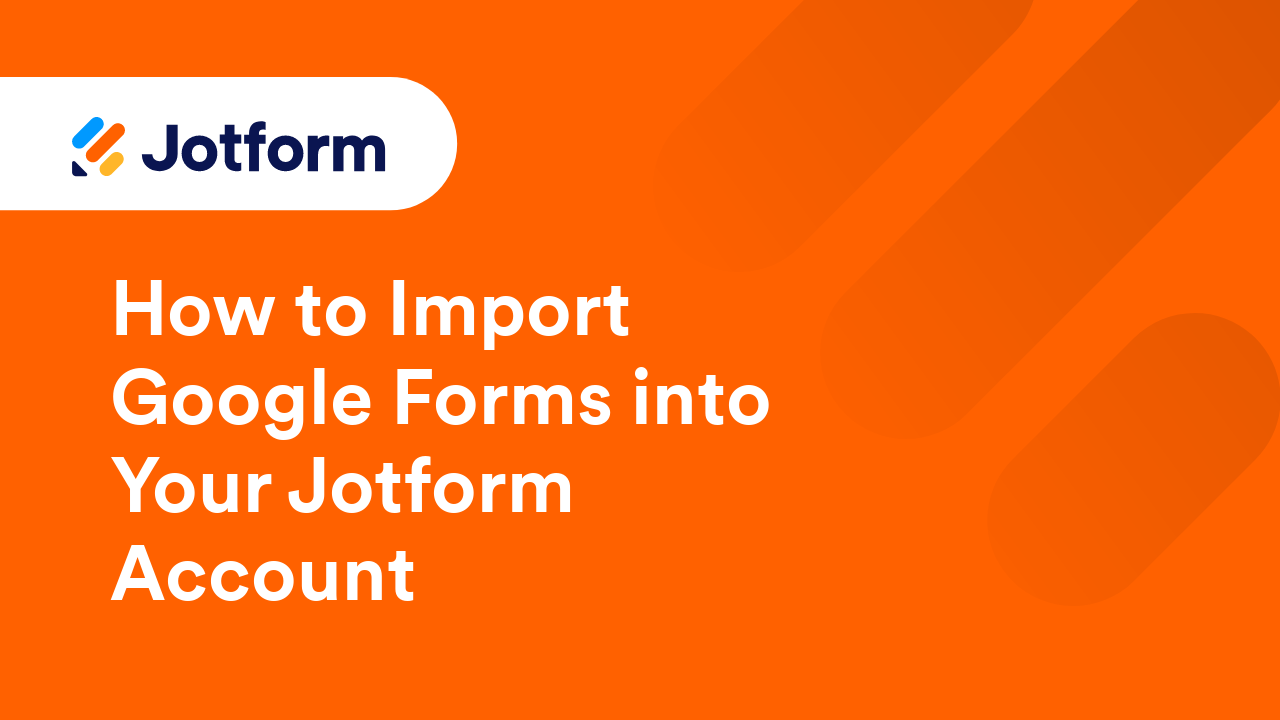
How to Import Your Forms From Typeform to Jotform
Making the move from Typeform to Jotform is easier than you think. With Jotform’s Import Tool, you can quickly recreate your forms and keep things running smoothly. No need to start from scratch—get set up in no time and continue collecting...

How to Import Formstack Forms to Jotform
The Formstack import tool lets you quickly transfer Formstack forms and submissions into your Jotform account. Import all your forms and data in just a few steps. Let's get started! Go to the Formstack migration portal. Click the Migrate...
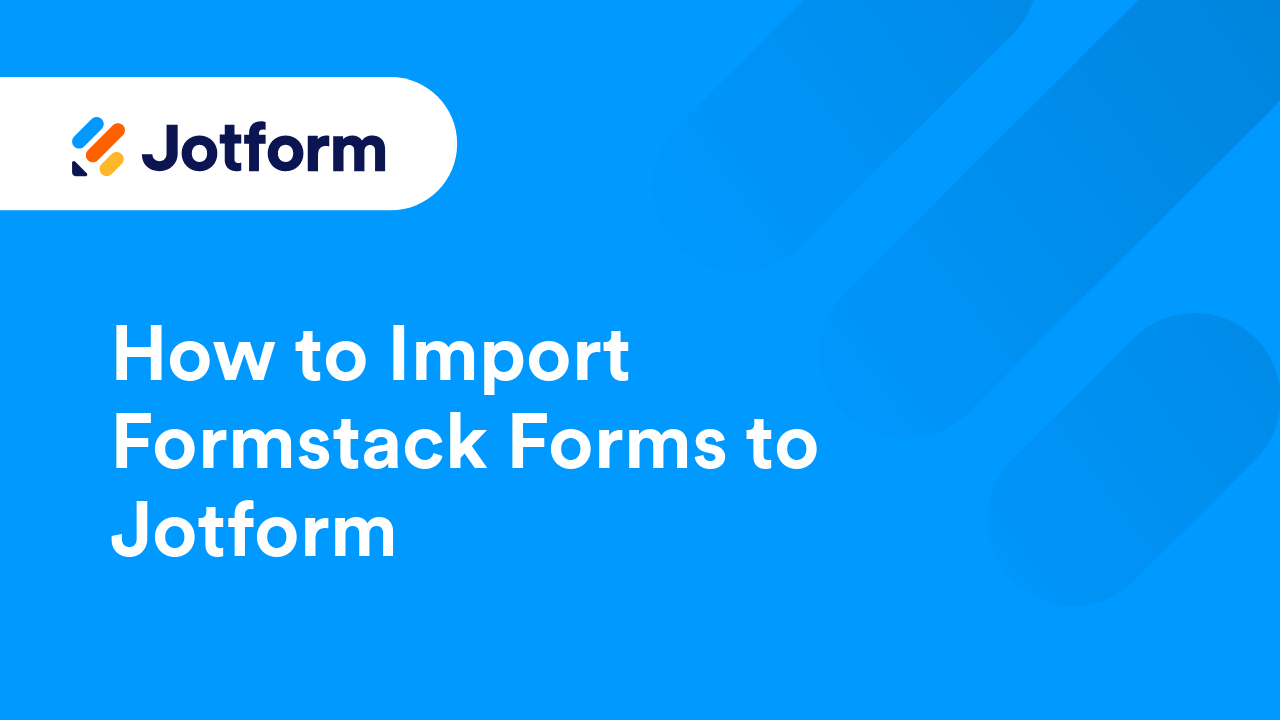
How to Take Photos on Your Forms
Jotform’s Take Photo widget makes it easy for users to snap and upload photos right from your form, no extra steps needed. Whether you're doing inspections, gathering event photos, or just adding a visual touch to your submissions, this handy...

How to Restore Deleted Forms
Accidentally deleting a form can be frustrating, but Jotform makes it easy to get it back. If you deleted a form by mistake, or need to restore one for ongoing use, you can do it quickly without losing any important data. You can restore...
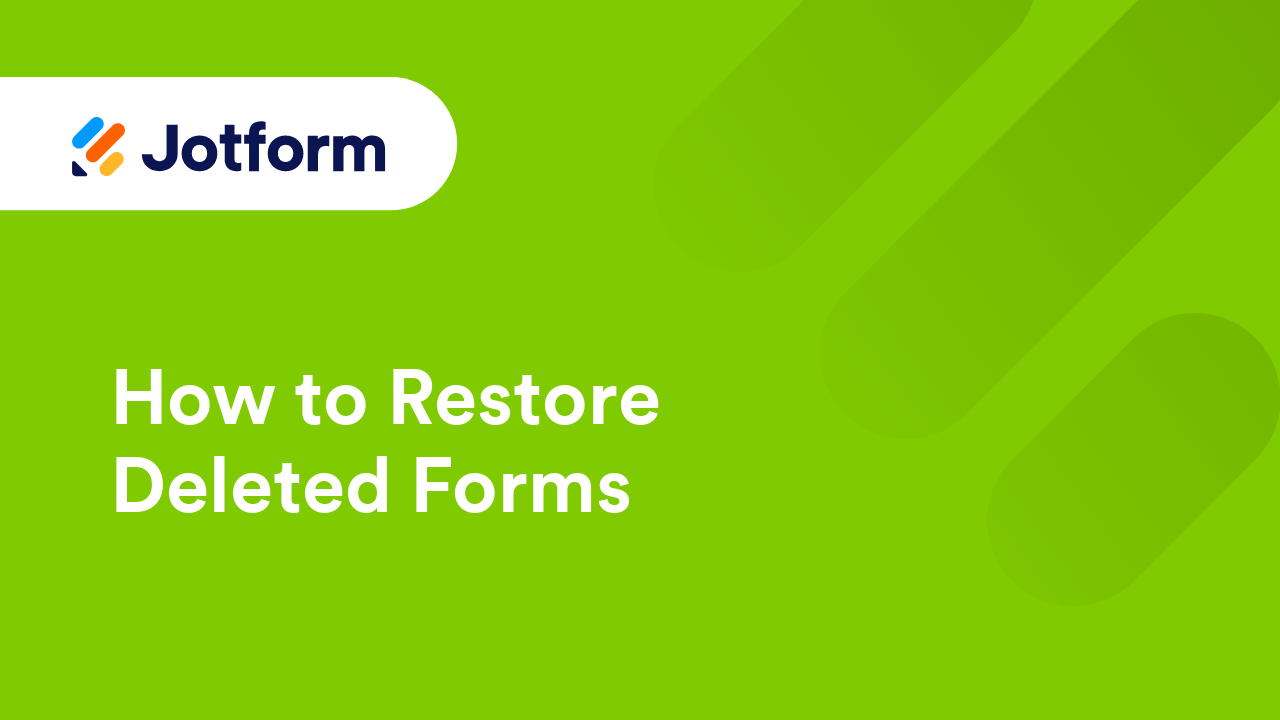
How to Enable Geo Stamping on Your Forms
The Geo Stamp is a valuable data point for your form that captures the location of form fillers. Each time the form is opened, it automatically adds geolocation data, tagging responses with the responder’s longitude and latitude. This helps...
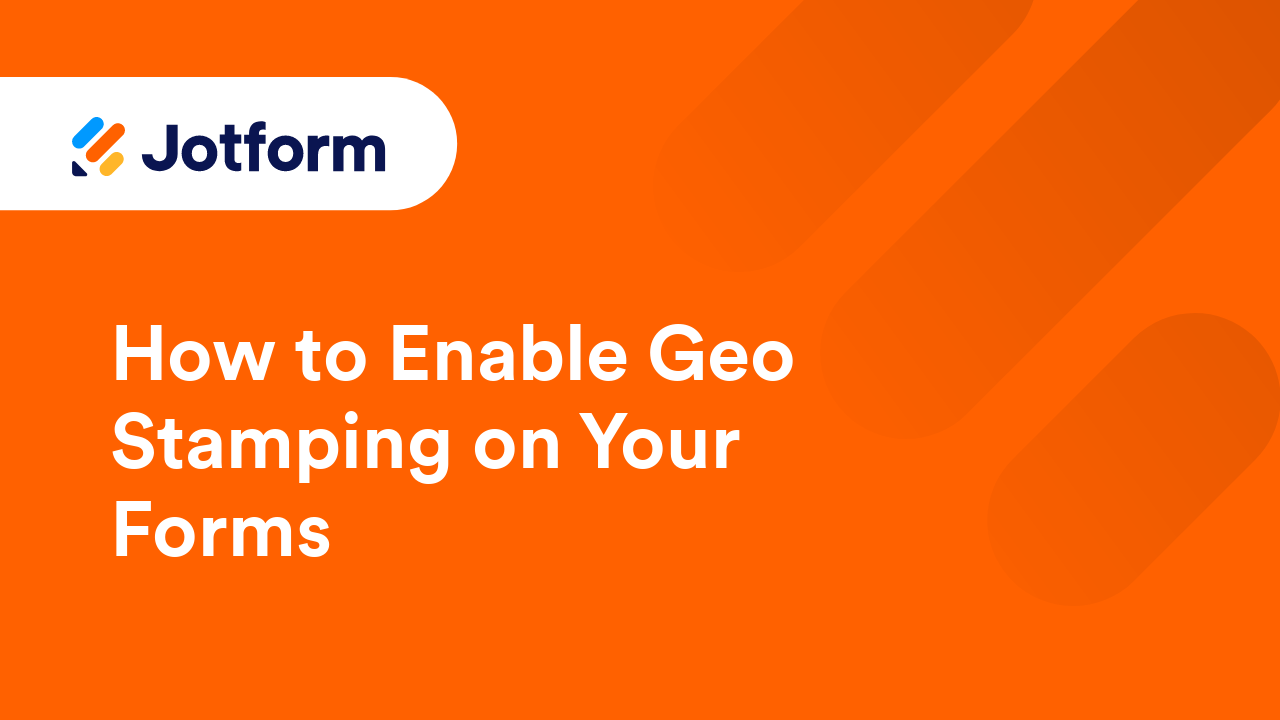
How to Enable Form Encryption
Security and privacy are Jotform's utmost priority in form building and data collection — two reasons why Jotform complies with various industry standards and regulations, including GDPR and HIPAA. Visit our Security page to learn more....
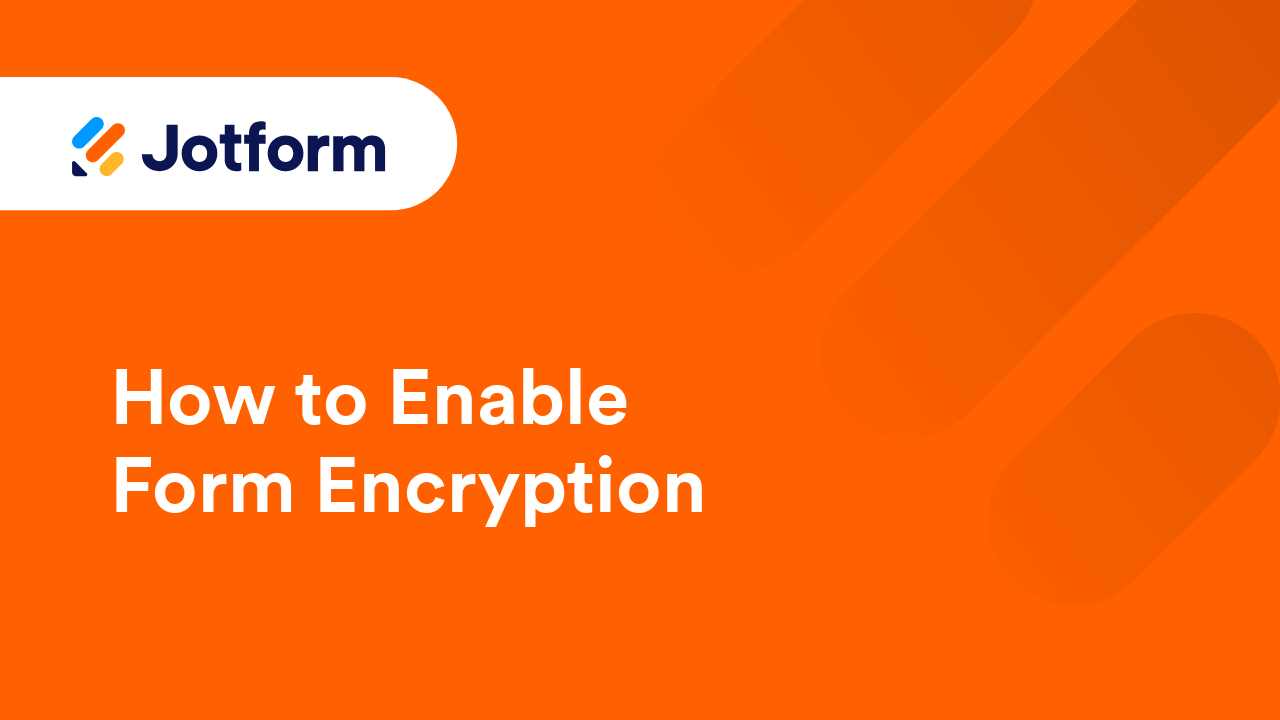
How to Set Different Input Types in an Input Table
Jotform's Input Table element has an input type called Multi-type Columns. This allows you to set different input types for each column, such as Single Choice, Checkbox, Textbox, and Dropdown. Input Table with various input types. To set...
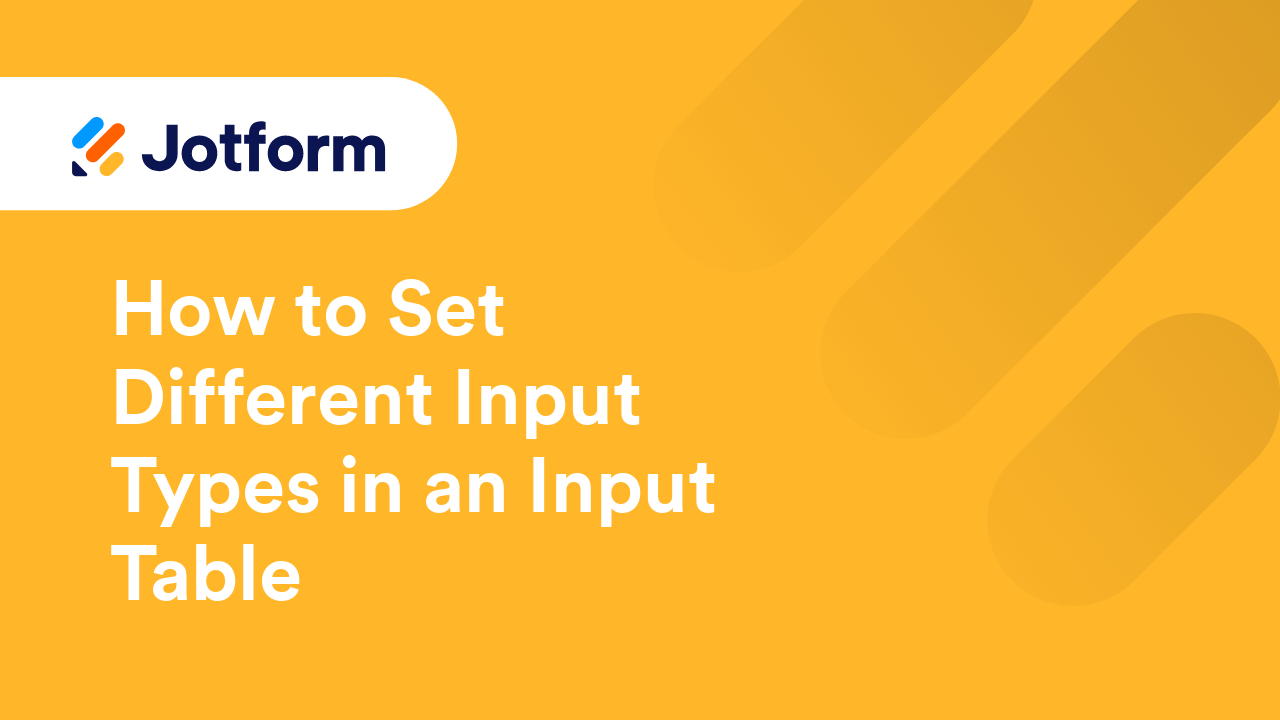
How to Make Your Forms Multilingual
Making your form multilingual helps you reach a wider audience. Allowing your form fillers to choose your form's language gives you higher satisfaction and conversion rates. To set up your...

How to Find Field IDs and Unique Names
Field IDs and unique names in Jotform are identifiers for the different fields in your form. They are automatically generated and can be used for referencing values and customizing appearance with CSS....
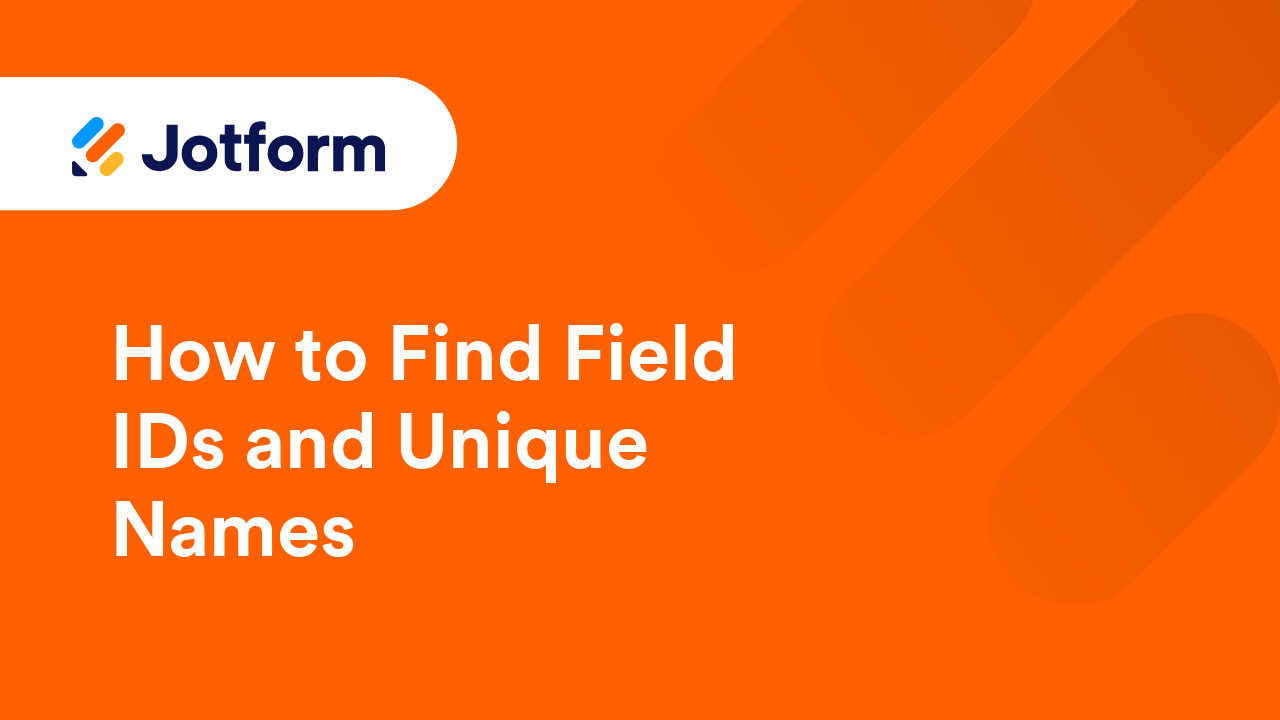
How to Add Time Field to a Form
The Time field allows users to enter a valid time format in the form. It will display the time based on timezone and time format in your account settings. The new Default Theme requires users to enter the time. It is optimized to display a...

How To Add and Set up the Address Field
The Address is one of the elements in the Form Builder with multiple fieldsets. Jotform recommends this field when setting up a third-party integration as it is optimized to match the appropriate fields automatically. The field also responds to...

How to Create Jotform API Keys
Jotform API keys make it easy to securely connect your form data with other tools, services, or even your own custom-built applications. Think of them as digital keys that unlock access to specific features and data in your account—safely and...
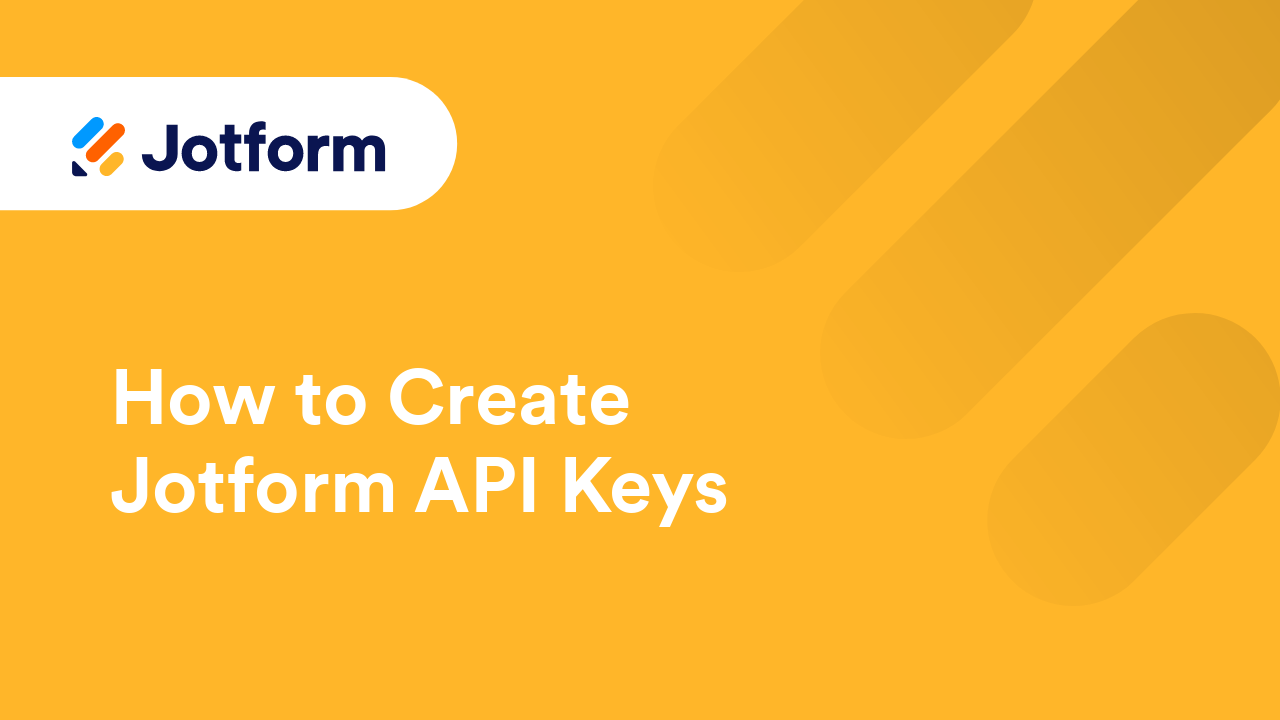
How to Add a License Agreement to Your Form
For forms like contracts or agreements, you may need to make sure that form fillers accept your licensing terms. Jotform makes that easy using a License Agreement checkbox. Just use the Terms & Conditions widget to display your terms and require...
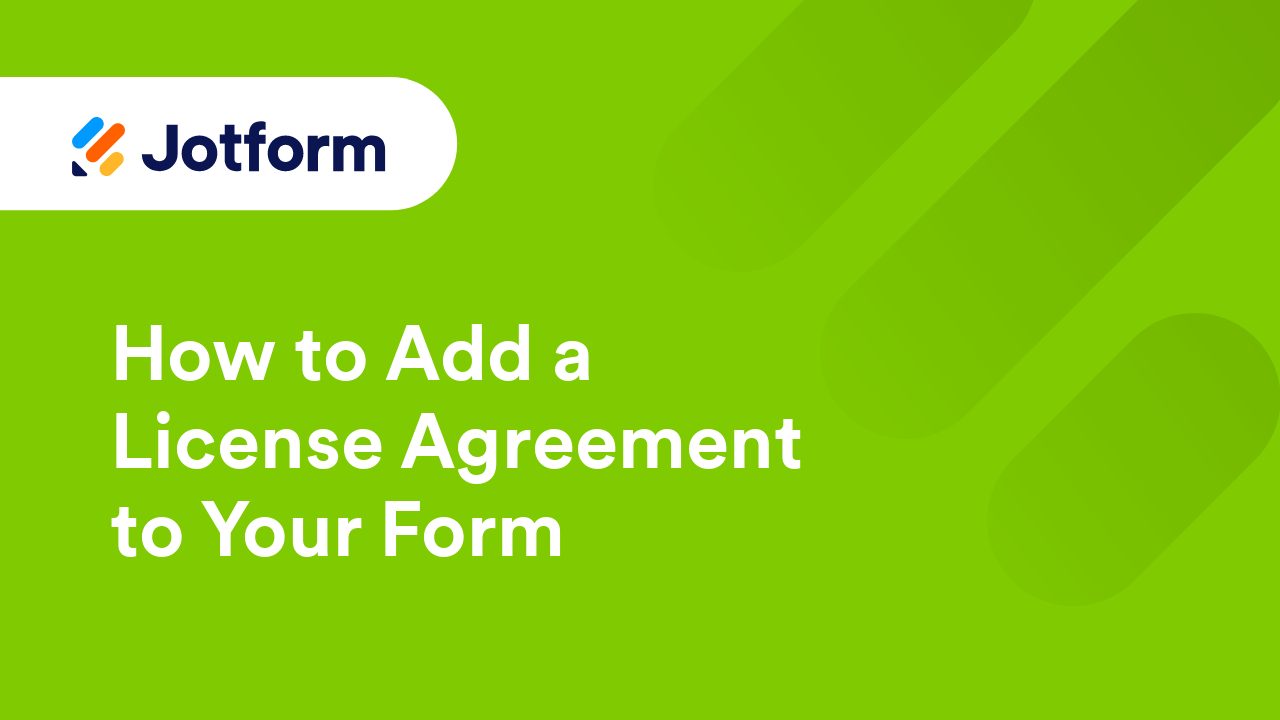
The Importance of Form Widths
What's so important about form widths? Imagine filling out a form that's too wide for your mobile device. It'd be frustrating, right? Think about your forms and your audience. Do you provide a positive user experience? Do you know which...

How to Make Mobile Friendly Forms on Jotform
We have deprecated this guide as Jotform forms are now mobile responsive by default. This means no further configuration is required. Mobile web usage is mainstream. If your website doesn't...
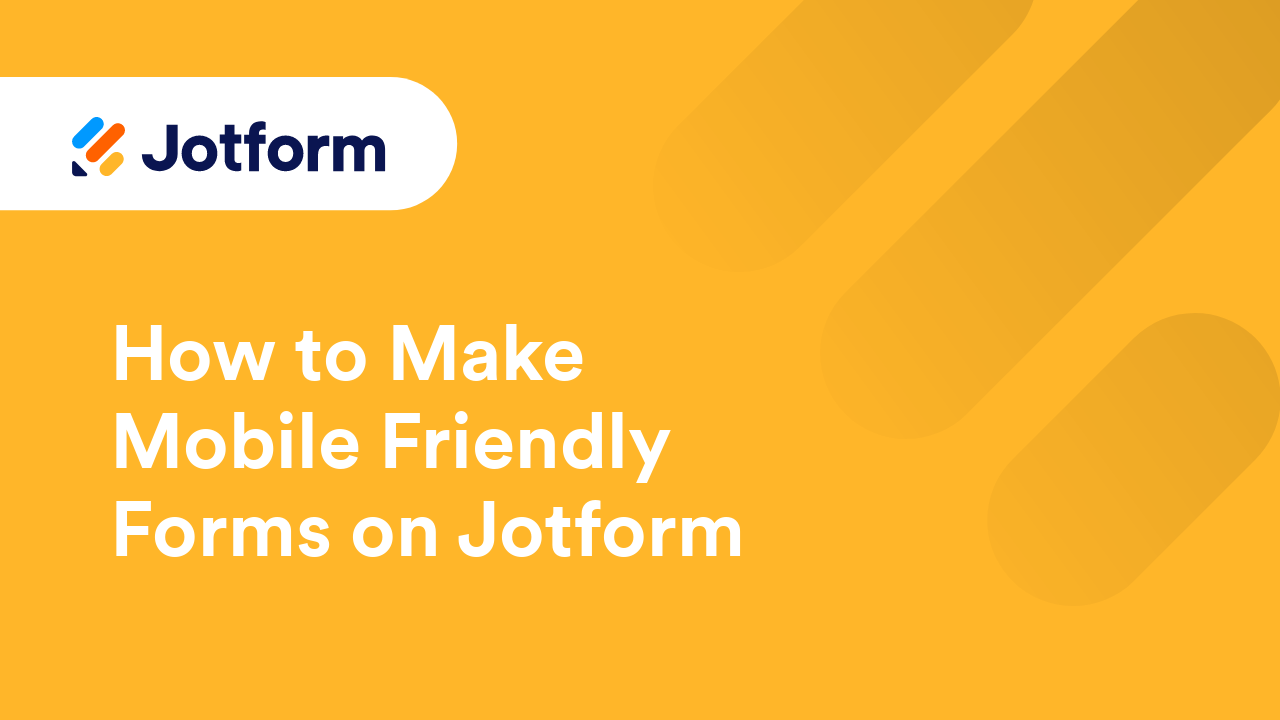
Where have the Power Tools gone?
You might be here because you were looking for any of the fields under our old Power Tools, as shown in the image below. These elements are either removed, updated, or moved to a different section. We moved the following to the...
